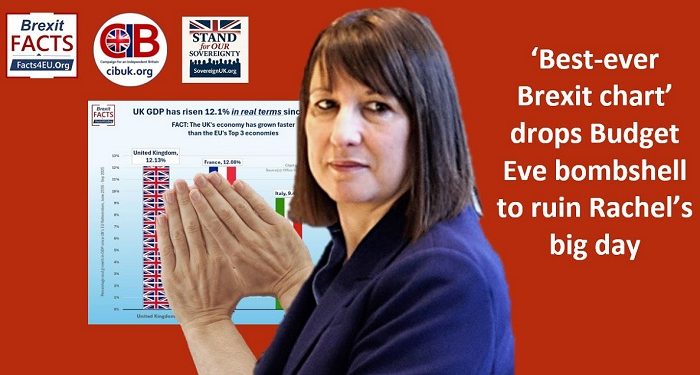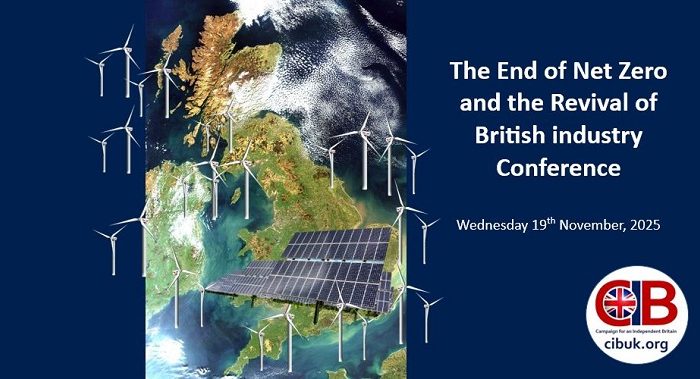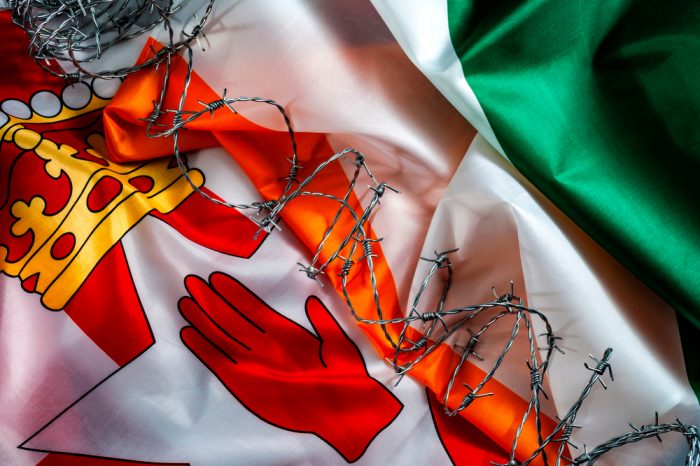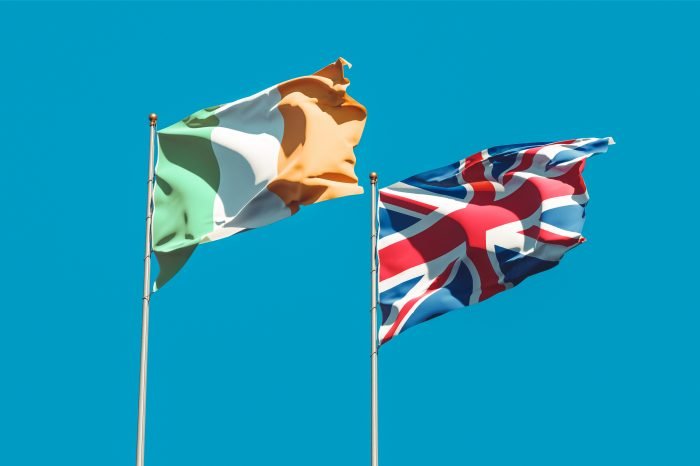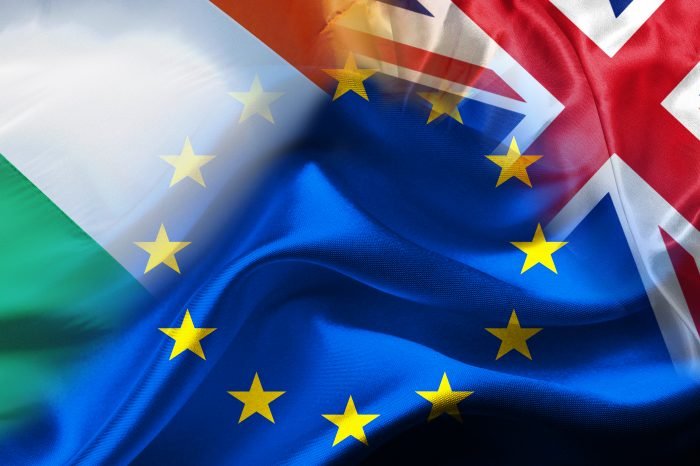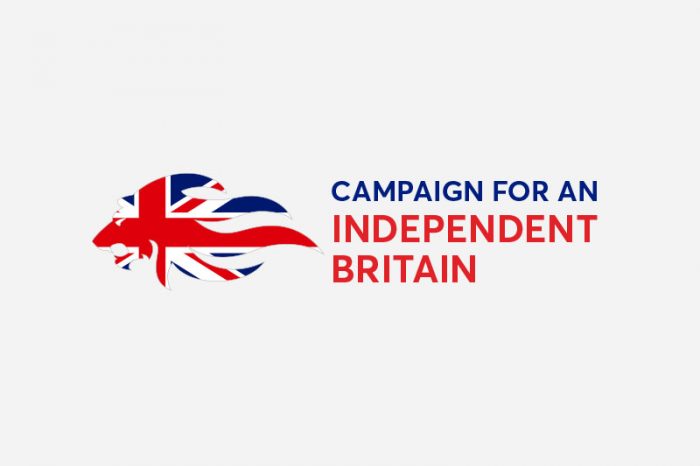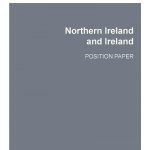Ireland – The Second Government Brexit position paper
No one wants to return to a hard border between Northern Ireland and the Irish Republic. Even less does anyone, bar a few fanatics, want to return to the days of “the Troubles”. This much is obvious.
Settling the issues relating to what will be the UK’s only land border with the EU has been given a high priority by the EU too. Only yesterday, in response to the first UK government position paper (on customs), the EU’s chief negotiator, Michel Barnier, named the Irish question as one of three important issues on which agreement would need to be reached before serious discussions on trade-related issues could begin.
So a mere 24 hours after the position paper on customs, another has appeared which offers us some insights into the Government’s thinking on Ireland.
The paper identifies four priorities:-
- Upholding the Belfast (‘Good Friday’) Agreement in all its parts
- Maintaining the Common Travel Area and associated rights
- Avoiding a hard border for the movement of goods
- Aiming to preserve North-South and East-West cooperation, including on energy.
As far as the Good Friday Agreement is concerned, the paper points out that it was an agreement between the UK and the Irish Republic rather than the EU. Among other things, it affirmed “the permanent birthright of the people of Northern Ireland, irrespective of Northern Ireland’s constitutional status: to identify themselves and be accepted as British or Irish or both, as they may so choose; to equal treatment irrespective of their choice; and to hold both British and Irish citizenship.” The UK Government has every intention to preserve this arrangement after Brexit.
The Common Travel Area pre-dated either the UK or the Irish Republic joining the European project. Indeed, Irish citizens have enjoyed special rights in the UK for most of the period since 1922 – a reflection of the strong, historic links between the Irish people and those in the UK. The Common Travel Area in its present form also involves the Isle of Man and the Channel Islands, which were never part of the EU. It allowed freedom of movement throughout the area and allows Irish citizens to vote in the UK’s locla and Parliamentary elections.
Given that the Common Travel Area arrangements have been administered by the governments of the parties involved rather than by the EU and that the EU has been happy about this, the document maintains that there should be no reason why this situation should not continue after Brexit.
The “hard border” issue is likely to prove the most complex. In 1972, the paper informs us, there were 17 HM Customs and Excise boundary posts at the major road crossing points along the 310-mile long Northern Ireland land border and more than 200 other crossings not approved for vehicular traffic. These have all disappeared but this is the number of potential crossing points which would need to be reinstated if a “hard border” were imposed. No wonder all sides are keen to avoid such a scenario. Some farmers’ land straddles the border.
The paper recognises that it cannot propose a unilateral solution to the problem of maintaining the free flow of trade across the Irish border. It does, however, point to instances “where the EU has set aside the normal regulations and codes set out in EU law in order to recognise the circumstances of certain border areas.” – including the border between the Greek and Turkish sectors in Cyprus and the Croatia/Bosnia border. At the same time, the paper acknowledges that resolution of this issue “cannot be based on a precedent”. This makes sense for, after all, the EU’s aspiration is for Cyprus to be reunited with both parts of the island in the EU and likewise, Bosnia is a candidate country, even though it is unlikely to be joining the EU any time soon. By contrast, the UK is going in the opposite direction.
The paper also refers to the position paper on customs. Obviously, on the one hand the peoples of the UK and Ireland have an unique relationship, but the Irish Republic is an EU member state and part of the EU’s Single Market and Customs Union. A solution for customs issues at the Irish border is inevitably going to be linked to wider customs and trade issues which will need to be addressed as part of the Brexit process, but as anyone who has visited the Irish Republic will be very aware, a substantial percentage of the products on sale in supermarkets in Irish towns and cities originate in the UK. It is therefore unsurprising that Irish officials are very concerned about the damage their economy may suffer if no trade and customs agreement is in place on Brexit. Leo Varadkar, the Irish Taoiseach, expressed a wish that the UK would not actually leave the EU, or if it did, that we would remain within the EEA. Dan Mulhall, the Irish Ambassador to the UK, by contrast, hoped that we would remain inside the Customs Union.
So the progress towards the “innovative and untested” customs proposals and the possibility of a temporary customs arrangement discussed in the earlier position paper will be followed particularly closely in Dublin. Given that even if the UK government changes tack and opts for ongoing membership of the EEA, agricultural goods would be outside this arrangement, it will take a lot of hard bargaining on both sides if all goods and services are to enjoy even relatively free access across the Irish border, whatever form that border may take. If it sticks to the proposals outlined in the position paper, there will be a number of areas where agreements on mutual recognition of conformity would have to be signed and time is short.
The North-South East-West cooperation may be a new term to many of us. North-South simply means the Belfast-Dublin axis and East-West refers to the relationship between London and Dublin. In many ways, the various fora such as the British-Irish Council and the British-Irish Intergovernmental Conference which have been set up under this label are the outworking of the recognition of the close historic and geographical links between the UK and the Irish Republic. The cooperation has manifested itself in some specific sectors such as energy and the position paper emphasizes the need for the cooperation to continue after Brexit.
With this in mind, the concluding statement that a formal agreement between the EU and the UK on the Irish border issue early in the Brexit negotiations would not mean the end of any dialogue between the UK and the Irish government makes perfect sense. There will be a number of bilateral issues to resolve which do not directly involve the EU as a whole.
As with the position paper on customs, the abiding impression left by this document is that it has identified the issues which need a resolution without offering too much detail as to how they are to be resolved. Unlike the customs paper, however, where failure to reach an agreement would be far more disastrous for the UK than for the EU as a whole, when it comes to Ireland, a crashing out of the EU with no agreement would probably hit them harder than us. The Irish government is well aware of this and we cannot but hope for their sakes as well as ours that it will not be WTO rules on March 30th.



